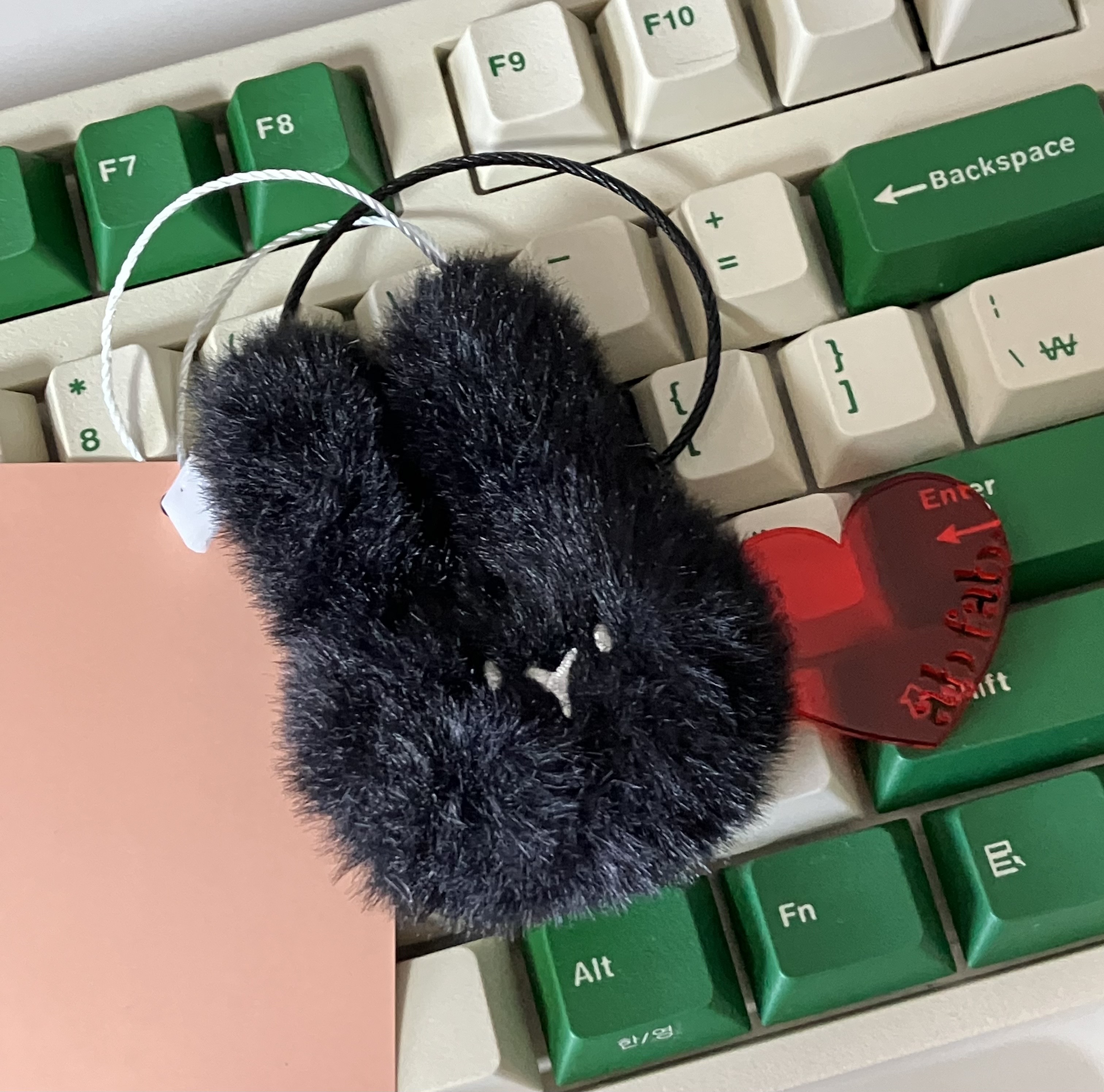[Compose Migration] 기존 앱에 compose 적용 시작하기
🔗들어가며
새로 참여한 프로젝트에서 compose migration을 진행하게 되었다. xml -> compose로 바뀌고 있는 요즘 compose migration을 진행하고자 하는 분들에게 도움이 될 수 있도록 그 과정을 꼼꼼히 정리보고자 한다.
우선 migration을 진행하는 과정에서 큰 도움이 되었던 영상이 하나 있다. 2023 드로이드나이츠에서 직접 청강을 했었지만 그 당시에는 컴포즈를 활용 해본 경험이 없어 이해하면서 듣기 보다는 컴포즈가 이렇게 활용되구나를 느끼며 들었는데…
compose로 migration을 진행하게 되면서 드로이드나이츠 해당 영상을 정말 많이 참고했던 것 같다!!
🔗migration의 시작!!
우선 해당 게시글에서는 처음 compose를 도입할 때 진행하는 과정을 다루고자 한다.
의존성 추가새로운 activity / fragment compose로만 작성하기기존 레거시 뷰에 compose 적용하기컴포즈에서 AndroidView란??
이렇게 4가지를 먼저 다뤄보고자 한다! 추후 기존 recyclerView를 LazyColumn으로 다루는 방법을 Compose 시리즈로 차근차근 정리할 것이다!
그리고 또한, 해당 게시글에서는 custom theme을 다루지 않는다. 이 내용도 별도의 글로 다룰 것이다! 그럼 추울발~~~~~
🔗 1. 의존성 추가
android {
namespace = "???"
buildFeatures {
compose = true
}
composeOptions {
kotlinCompilerExtensionVersion = libs.versions.kotlin.compiler.get()
}
}
필자의 경우에는 버전 카탈로그를 활용해 모든 의존성 버전을 관리하고 있다. 따라서 위의 kotlinCompilerExtensionVersion의 버전도 버전 카탈로그를 통해 가져왔다.
그리고 kotlinCompilerExtensionVersion는 사용하는 kotlin에 맞는 compose compiler 버전을 선택해야 한다. 다음 링크를 참고하자!
이렇게 compose compiler만 별도의 버전으로 분리한 이유는 다음 게시글에서 확인할 수 있었다. kotlin 버전이 업그레이드 되면 그에 따라 compose compiler의 버전도 업그레이드 되어야 한다. 따라서 다른 compose 라이브러리와 별도로 버전을 관리하면서 조금 더 빠르게 버전 업그레이드를 하기 위해서이다.
(🔗 2024.05.03 내용 추가) 최근 andorid developers blog에서 compose compiler가 kotlin repository로 이동했다는 게시글이 있다.
따라서 kotlin 2.0.0부터는 더 이상 kotlinCompilerExtensionVersion를 추가하지 않아도 되며 버전 카탈로그와 gradle에 compose-compiler에 대한 의존성을 추가해주면 된다. 이때 compose-compiler의 버전은 코틀린을 따라간다! 즉, 더 이상 kotlin 버전에 맞는 compose-compiler 버전을 고려하지 않아도 된다는 뜻이다.
val composePlatform = platform(libs.compose.bom)
api(composePlatform)
api(libs.compose.ui)
api(libs.compose.ui.tooling)
api(libs.compose.preview)
api(libs.compose.activity)
api(libs.compose.material)
api(libs.compose.foundation)
api(libs.compose.constraintlayout)
api(libs.compose.appcompat.theme)
이제는 컴포즈 의존성을 추가해줄 것이다. 이때 우리는 ‘compose bom’의 버전만 지정하여 나머지 compose 라이브러리 버전을 자동으로 지정할 수 있게 된다. 물론 bom에서 제공하는 버전 이외의 버전을 수동으로 설정해 지정하는 것도 가능하다!
compose-bom = { group = "androidx.compose", name = "compose-bom", version.ref = "compose-bom" }
compose-material = { module = "androidx.compose.material:material" }
compose-ui = { module = "androidx.compose.ui:ui" }
compose-ui-tooling = { module = "androidx.compose.ui:ui-tooling" }
compose-preview = { module = "androidx.compose.ui:ui-tooling-preview" }
compose-activity = { module = "androidx.activity:activity-compose" }
compose-foundation = { module = "androidx.compose.foundation:foundation" }
버전 카탈로그에서는 이렇게 정의되어 있다!!
🔗 2. 새로운 activity / fragment compose로만 작성하기!
우선 migration을 진행한다면 두 가지 경우일 것이다.
- 기존 화면의 일부만 compose 적용!
- 새로 추가되는 화면 compose 활용!
우선은 두번 째 경우를 먼저 살펴보고자 한다. 새로운 화면 전체를 compose로만 구성하고자 한다면 ComponentActivity를 활용할 수 있다.
아마 여러분은 기존에도 BaseAcitity나 BaseFragment를 만들어 작업했을 것이다. 이처럼 BaseComposeActivity를 만들어 작업하자!!
abstract class BaseComposeActivity: ComponentActivity() {
...
@Composable
abstract fun Content()
override fun onCreate(savedInstanceState: Bundle?) {
super.onCreate(savedInstanceState)
...
setContent {
Content()
}
}
}
정말 간단하다!! 구성할 화면을 Content를 상속해 정의할 수 있도록 abstract로 @Composable 함수를 구성한다.
그렇다면 우리는 다음과 같이 이를 활용할 수 있다.
@AndroidEntryPoint
class CreateSuggestionActivity: BaseComposeActivity() {
...
@Composable
override fun Content() {
MaterialTheme {
CreateSuggestionScreen()
}
}
}
정말 간단하지 않은가?? fragment도 비슷하다!
abstract class BaseComposeFragment: Fragment() {
@Composable
abstract fun Content()
override fun onCreateView(
inflater: LayoutInflater,
container: ViewGroup?,
savedInstanceState: Bundle?
): View? {
return ComposeView(requireContext()).apply {
setViewCompositionStrategy(ViewCompositionStrategy.DisposeOnViewTreeLifecycleDestroyed)
setContent {
Content()
}
}
}
}
✨ 여기서 하나 확인해야 할 것이 setViewCompositionStrategy이다. 이는 컴포즈를 언제쯤 release할 수 있는지에 대한 전략이다. 만약 화면은 보이지 않지만 컴포즈가 계속해서 렌더링을 시도하려고 한다면??? 메모리 릭등의 이슈들이 발생할 것이다. 따라서 적절한 시기에 해제해주는 전략을 지정해주는 것이다.
전략은 다음과 같이 총 4가지가 존재하며 이를 다음 게시글에서 자세히 다루고 있다. 언제 composition을 제거해야 할까?
DisposeOnDetachedFromWindowDisposeOnDetachedFromWindowOrReleasedFromPoolDisposeOnLifecycleDestroyedDisposeOnViewTreeLifecycleDestroyed
3. 기존 레거시 뷰에 compose 적용하기
처음 migration을 진행한다면 작은 요소부터 하나하나 compose화 해나가는 것이 좋다고 한다. 그렇다면 기존 xml 레거시 뷰에서는 compose를 어떻게 활용할 수 있을까??
정말 간단하다!! ComposeView를 넣으면 된다!
우선 xml에 다음과 같이 선언해주고!
<androidx.compose.ui.platform.ComposeView
android:id="@+id/compose_view"
android:layout_width="match_parent"
android:layout_height="match_parent"/>
이제 해당 xml의 activity나 fragment에서 composable 함수들로 화면을 구성해주면 된다!
override fun onCreate(savedInstanceState: Bundle?) {
super.onCreate(savedInstanceState)
binding.composeView.apply {
setContent {
MaterialTheme {
Text(text = "")
}
}
}
}
binding을 통해 해당 composeView를 가져와 setContent만 적용하면 완성이다! 정말 간단하지 않은가?? 그렇다면 궁금할 것이다!! compose의 장점인 preview도 적용할 수 있을까??
간단하다! 아래와 같이 Composable 함수와 그에 대한 Preview를 정의한 후, xml 속 composeView의 composableName으로 지정해주면 된다.
@Composable
fun CustomText() {
Text(text = "Hello, World!")
}
@Preview
@Composable
fun CustomTextPreview() {
MaterialTheme {
CustomText()
}
}
<androidx.compose.ui.platform.ComposeView
android:id="@+id/compose_view"
android:layout_width="match_parent"
android:layout_height="match_parent"
tools:composableName="com.android.MainActivity.CustomTextPreview"/>
</br>
🔗 4. 컴포즈에서 AndroidView란??
컴포즈로 화면을 구성하다보면 compose에서 지원하지 않는 기존 android widget을 활용하고 싶을 때도 있다!! 이때 활용하는 것이 AndroidView이다!!
역시나 사용법이 정말 간단하다. 넣고자 하는 위치에 AndroidView composable 함수를 활용해 factory에 원하는 widget을 넣어주면 된다.
Column(...) {
...
AndroidView(
modifier = Modifier.fillMaxWidth(),
factory = { context ->
LGTMEditText(context).apply {
setLifecycleOwner(lifecycleOwner)
bindStateEditTextData(title)
setMaxLine(1)
onTextChangedListener {
updateTitleEditTextData()
}
onFocusChangedListener { isFocused ->
if (isFocused) {
coroutineScope.launch {
delay(420)
titleSectionBringIntoViewRequester.bringIntoView()
}
}
}
}
}
)
}
우선 여기까지 진행한다면 기존 프로젝트에서 어떻게 컴포즈를 활용할 수 있는지 대략적으로 감이 잡힐 것이다!! 이제 필요한 부분들을 하나씩 compose로 바꿔가며 적용해보자!
참고
- https://developer.android.com/jetpack/androidx/releases/compose-kotlin?hl=ko#pre-release_kotlin_compatibility
- https://android-developers.googleblog.com/2022/06/independent-versioning-of-Jetpack-Compose-libraries.html
- https://developer.android.com/jetpack/compose/bom?hl=ko
- https://www.youtube.com/watch?v=E4OmRPD332Q

댓글남기기